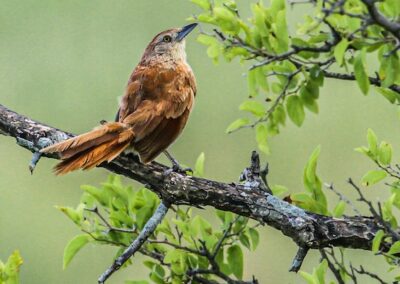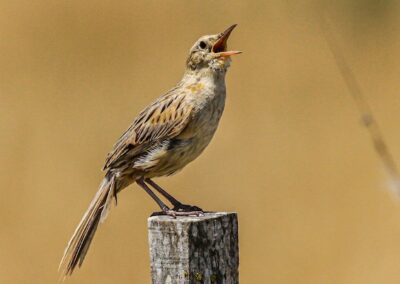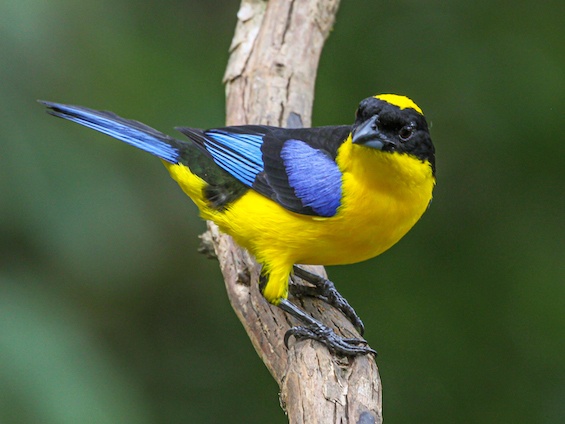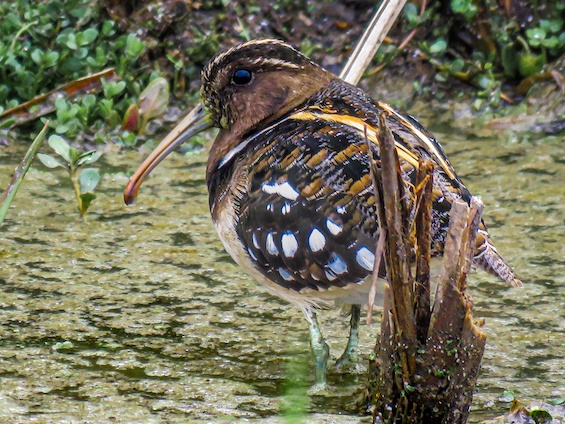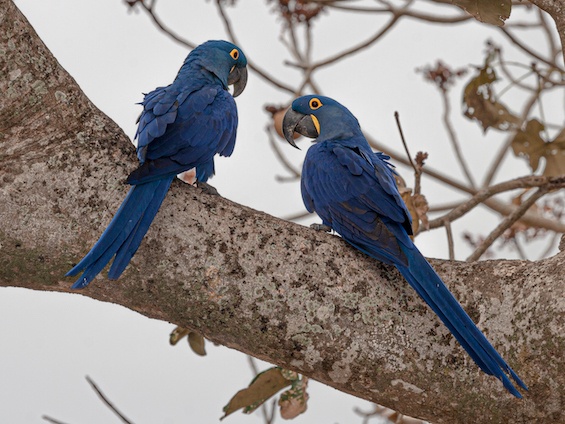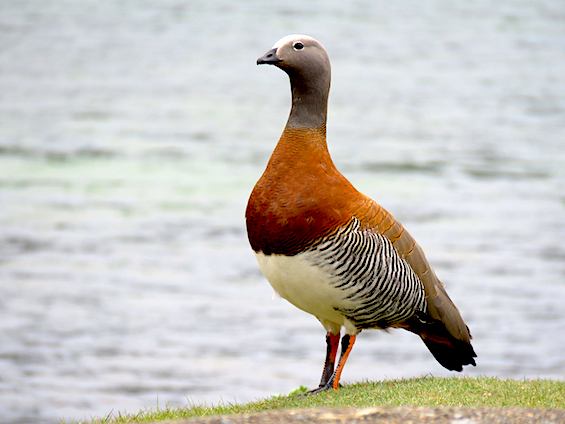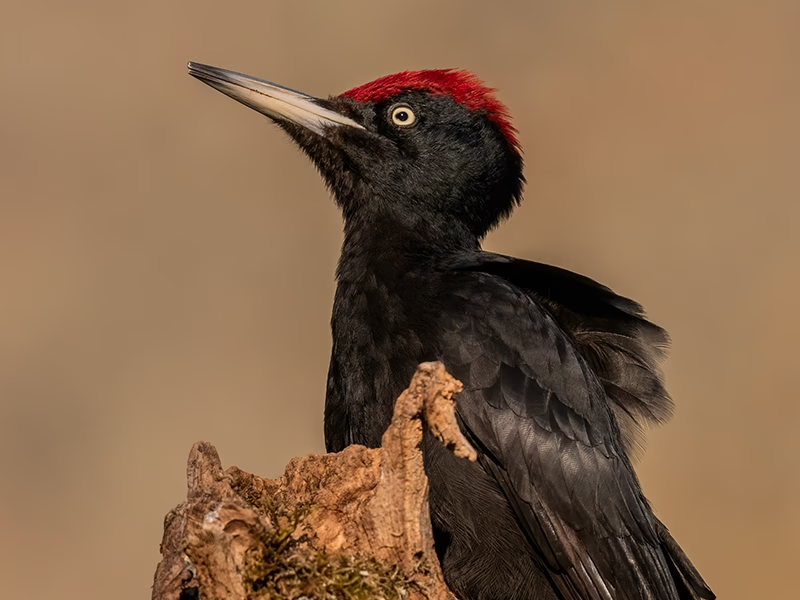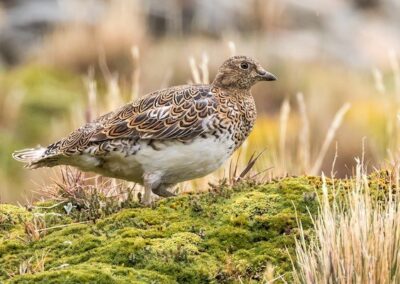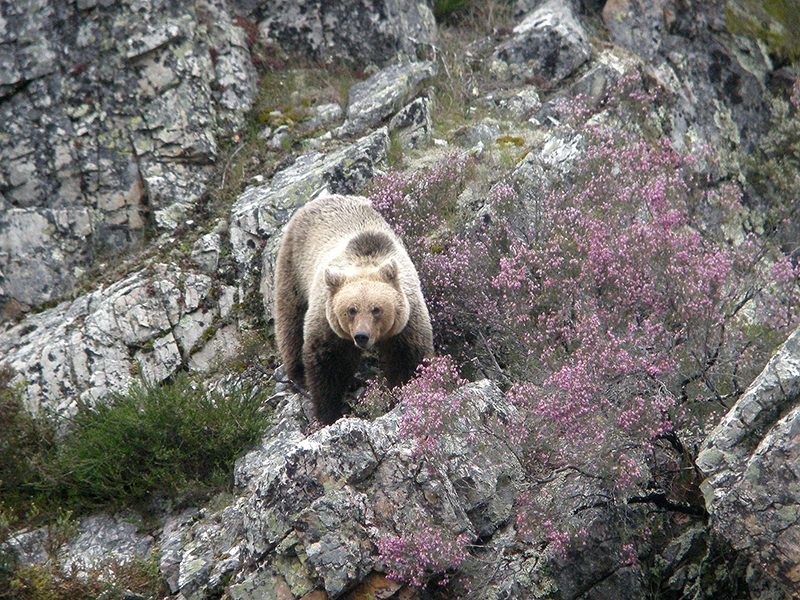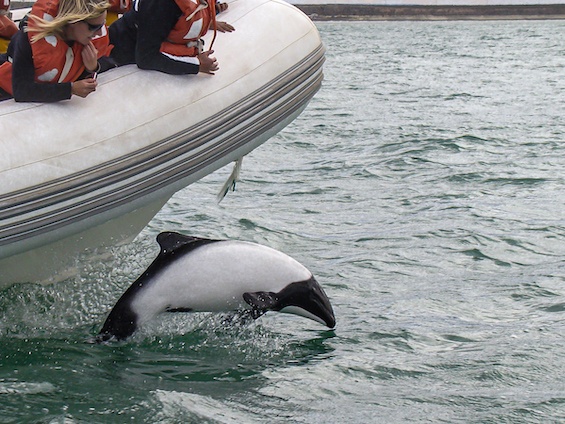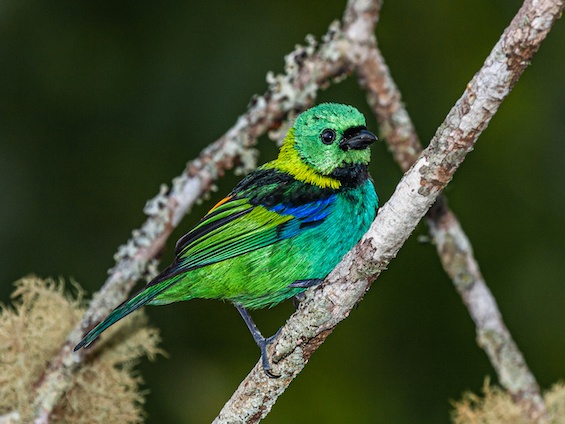Tour Features
The Córdoba Central Hills, among South America’s oldest geological formations, rise from Argentina’s vast Chaco-Pampas plain. Within them lies the Pampa de Achala Plateau, a rugged landscape of streams and gorges that shelters many Argentine endemic species. It’s also the most important Andean Condor nesting site outside the Andes. Two protected areas — Quebrada del Condorito National Park and Pampa de Achala Reserve — safeguard this unique biodiversity.
South of Achala, the terrain transitions into dry Chaco woodland, a dense thorny forest that hosts habitat-restricted specialties such as Brushland Tinamou, Spot-winged Falconet, Chaco Puffbird, Black-bodied Woodpecker, Chaco Owl, Scimitar-billed Woodcreeper, Chaco Earthcreeper, Many-colored Chaco-Finch, and Black-and-Chestnut Warbling-Finch.
Farther north, the Salinas Grandes region offers a rare opportunity to find one of Argentina’s most localized endemics, the Salinas Monjita, restricted to this vast salt flat spanning Córdoba, Catamarca, and Santiago del Estero provinces.
The Pampas, stretching across Argentina, Uruguay, and Brazil, form an immense humid plain covering over 50 million hectares. In Argentina, this grassland ecosystem is well represented in Buenos Aires Province, where numerous reserves provide easy access to exceptional birding — even close to the capital.
Costanera Sur Nature Reserve, right across from Buenos Aires’ business district, is one of South America’s top urban birding sites. In just a few hours, visitors can see 50 or more species, including Coscoroba and Black-necked Swans, Monk Parakeet, Green-barred Woodpecker, and passerines like Masked Gnatcatcher, Yellow-billed Cardinal, and Spectacled Tyrant. Mammals such as Coypu (Nutria), Lesser Cavy, and reptiles like Teju Lizard and Hillary’s Side-necked Turtle are also common.
The Pampas’ cultural heritage adds depth to the experience. This is Gaucho country, known for Argentina’s famed beef and historic “estancias.” It’s also the birthplace of William Henry Hudson, the British-Argentine naturalist who chronicled Pampas wildlife. His beloved Rufous Hornero, Argentina’s national bird, and the Red Coral Tree, the national flower, can both be found at Costanera Sur.
The richest Pampas birding lies northeast of Buenos Aires, extending into southern Entre Ríos Province. Otamendi National Park, just 80 km from Buenos Aires, is a gateway to grasslands, marshes, riverine forests, and thorny woodlands. Local specialties include Straight-billed and Curve-billed Reedhaunters, Chicli Spinetail, Rufous-capped Antshrike, and Red-rumped Warbling-Finch.
Further north, the Ceibas area stands out as the region’s most productive hotspot. Here, bird diversity peaks across similar habitats, making it ideal for a full day of exploration. In the grasslands of southern Entre Ríos and northern Buenos Aires, birders can target seedeaters and striking species such as the Saffron-cowled Blackbird.
INFORMATION
Max. Group Size:
Price:
Single supplment:
Spaces Available:
Start Date:
Starts / Ends:
Tour Duration:
Tour Interest:
Tour Location:
Tour Type:
What’s Included?
What’s Not Included?
Itinerary ( 11 days )
Day
1
Córdoba to Icho Cruz | Sunday, 11 October 2026
Meet your Trogon Tours leader in the morning at Córdoba City Airport, then drive to Icho Cruz for a two-night stay. Afternoon birding around Icho Cruz. Target birds: Olrog’s Cinclodes, Córdoba Cinclodes, Red-tailed Comet, Chaco Earthcreeper.
Day
2
Chaco Woodland | Monday, 12 October 2026
Full day birding in the Chaco Woodland and other habitats near Capilla del Monte. Target birds: Olrog’s Cinclodes, Córdoba Cinclodes, Red-tailed Comet, Chaco Earthcreeper, Scimitar-billed Woodcreeper, Black-bodied Woodpecker.
Day
3
Pampa de Achala | Tuesday, 13 October 2026
Morning drive from Icho Cruz to Mar Chiquita, birding through Pampa de Achala en route. Two-night stay in Miramar. Target birds: Andean Condor, Black-chested Buzzard-Eagle, Darwin’s Nothura, Olive-crowned Crescentchest, Streak-backed Canastero, Black-billed Shrike-Tyrant.
Day
4
Mar Chiquita | Wednesday, 14 October 2026
Full day birding around Mar Chiquita Lagoon. Target birds: Chilean, Andean, and James’ Flamingos, Roseate Spoonbill, Aplomado Falcon, Spot-backed Puffbird, Crested Hornero, Many-colored Chaco Finch.
Day
5
Salinas Grandes | Thursday, 15 October 2026
Drive from Mar Chiquita to Salinas Grandes. Overnight stay in Dean Funes. Target birds: Salinas Monjita, Spot-winged Falconet, White-fronted Woodpecker, Lark-like Brushrunner.
Day
6
Dean Funes | Friday, 16 October 2026
Early morning birding around Dean Funes, then drive to Córdoba Airport for your flight to Buenos Aires. Upon arrival, and time permitting, birding at Costanera Sur before continuing to Ceibas for a two-night stay. Target birds: Black-and-chestnut Warbling Finch, Ringed Warbling Finch, Ultramarine Grosbeak, Short-billed Canastero.
Day
7
Ceibas | Saturday, 17 October 2026
Full day birding in Ceibas. Target birds: Southern Screamer, Giant Wood-Rail, White Woodpecker, Brown Cacholote, White-tipped Plantcutter, Freckle-breasted Thornbird, Warbling Doradito.
Day
8
Ceibas to La Plata | Sunday, 18 October 2026
Drive from Ceibas to La Plata, birding along the way. Target birds: Savanna Hawk, Limpkin, Whistling Heron, Straight-billed Reedhaunter, Curve.billed Reedhaunter, Rusty-collared Seedeater.
Day
9
San Clemente | Monday, 19 October 2026
Drive from La Plata to San Clemente del Tuyú, birding through various Pampas habitats along the way. Two-night stay in San Clemente. Target birds: Greater Rhea, Firewood-gatherer, Hudson’s Canastero, Sulphur-bearded Spinetail, Tufted Tit-Spinetail.
Day
10
Punta Rasa | Tuesday, 20 October 2026
Full day birding San Clemente and Punta Rasa. Target birds: Dot-winged Crake, South American Painted-snipe, Bay-capped Wren-Spinetail, Spotted Nothura, Snowy-crowned Tern, Hudsonian Godwit, Red Knot, White-rumped and Baird’s Sandpipers, Olrog’s Gull, Lesser and Greater Yellowlegs.
Day
11
Buenos Aires | Wednesday, 21 October 2026
Drive from San Clemente del Tuyú to Buenos Aires, where the tour concludes in the early afternoon.

